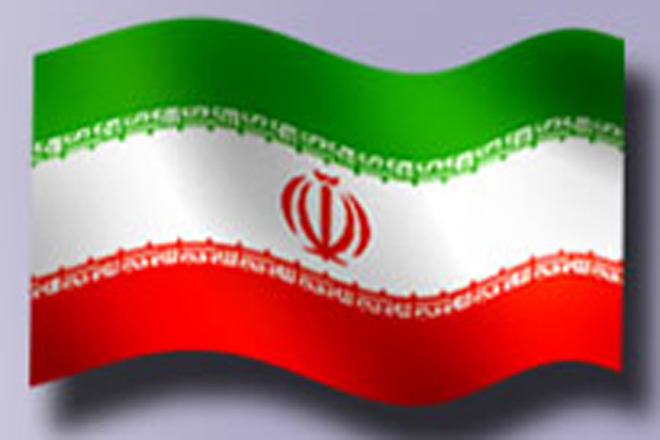Azerbaijan, Baku, July 29/ Trend M. Moezzi
Higher production costs, a steep jump in value added taxes and pollution fines are among the problems driving Isfahan's stone cutters out of business.
With 230 mines and 1,800 factories dedicated to it, Isfahan is Iran's biggest producer of decorative stones and claims 50 percent of the market, the Iranian Labour News Agency (ILNA) reports.
But most of Isfahan's stonecutting enterprises still use old, traditional methods to produce sheets of stone and that means high energy consumption, high waste and low profits.
With Iran's Targeted Subsidies Reform Plan driving up energy costs, stonecutters' problems have multiplied.
The Targeted Subsidy Reform Plan is phasing out subsidies for energy carriers while paying Iranians cash $37 a month.
Thirty percent of the income from the subsidy reform program was to be routed to the industrial sector to help offset higher energy costs. That hasn't happened, so businesses face sharply higher energy bills.
A prohibition against heavy trucks coming and going in the area where stonecutters are located has driven many of the enterprises to close or stay open only part-time.
The problems are threatening the work of some 20,000 Iranians operating in 2,000 stonecutting workshops and factories, and many workers are being laid off because manufacturers are only operating at 30 percent of their capacity.
Taxes, poor economy threaten stonecutters' work in Iran
Higher production costs, a steep jump in value added taxes and pollution fines are among the problems driving Isfahan's stone cutters out of business.






